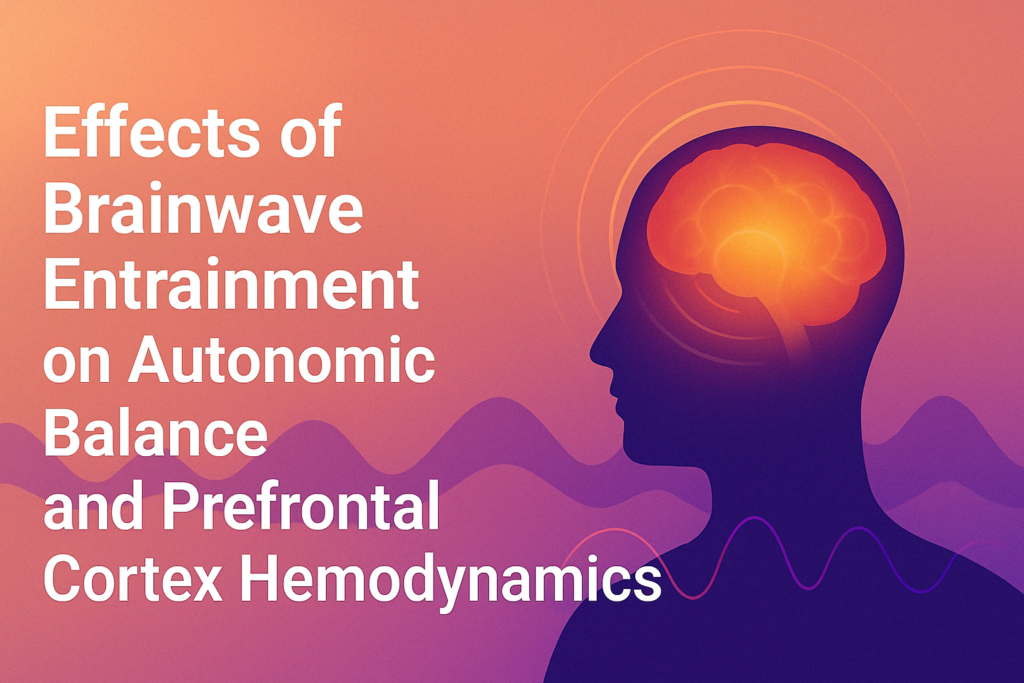Effects of Brainwave Entrainment on Autonomic Balance and Prefrontal Cortex Hemodynamics
Background
Scientific evidence has demonstrated the importance of inhibitory modulation on the prefrontal cortex (PFC). The use of auditory stimuli to induce specific brain states and their application for a variety of measures of measures of mental well-being, has been a topic widely explored in the academic literature.
Methods
This study has a quasi-experimental design and involver 47 health students (male and female >18 years old). It was conducted at the Laboratory of Experimental Neuroscience – University of Southern Santa Catarina (UNISUL), Brazil. Baseline assessments were performed 10 min prior treatment, then a 20-min alpha waves BrainTap session was perfomed with the BrainTap headset, followed by re-assessment. PPG Stress Flow and HEG devices from BioTekna were used for assessments.
Results
The PPG Stress flow analysis (Fig 1) showed a statistically significant reduction in beats per minute (BPM), an increase in SDNN, RMSSD, Total Power and VLF power. The HEG analysis showed a statistically significant reduction in Cerebral Blood Flow in the PFC.
Conclusions
Acute treatment (one session) with BrainTap improves heart rate variability parameters and balances autonomic activity. Furthermore, an inhibitory effect on the prefrontal cortex was observed.
Figures

Figure 1 – Assessment of autonomic nervous system activity with PPG Stress Flow. *p<0.05 when compared with baseline evaluation.

Figure 2 – Assessment of prefrontal cortex activity with HEG. *p<0.05 when compared with baseline evaluation.
Study #19 – Conducted in the Mississippi Army NG 2/20th Special Forces Group (Airborne) in Jackson, Mississippi.
